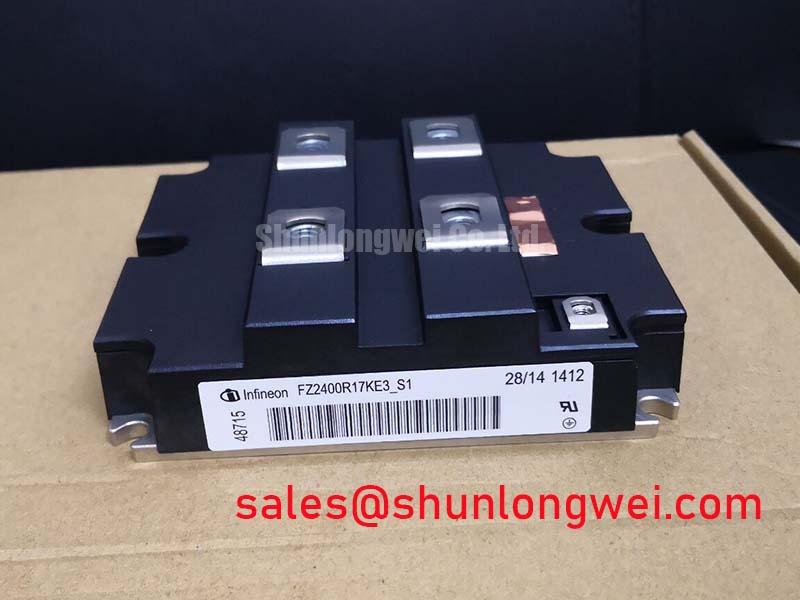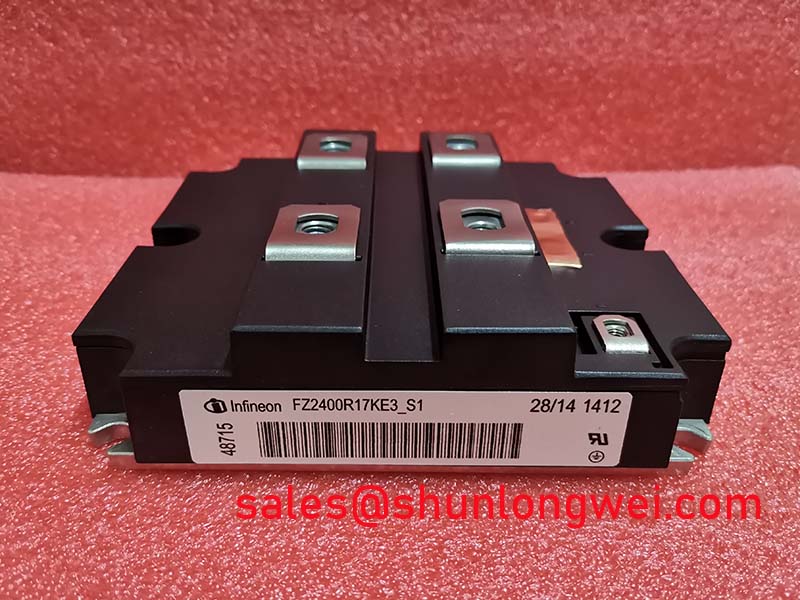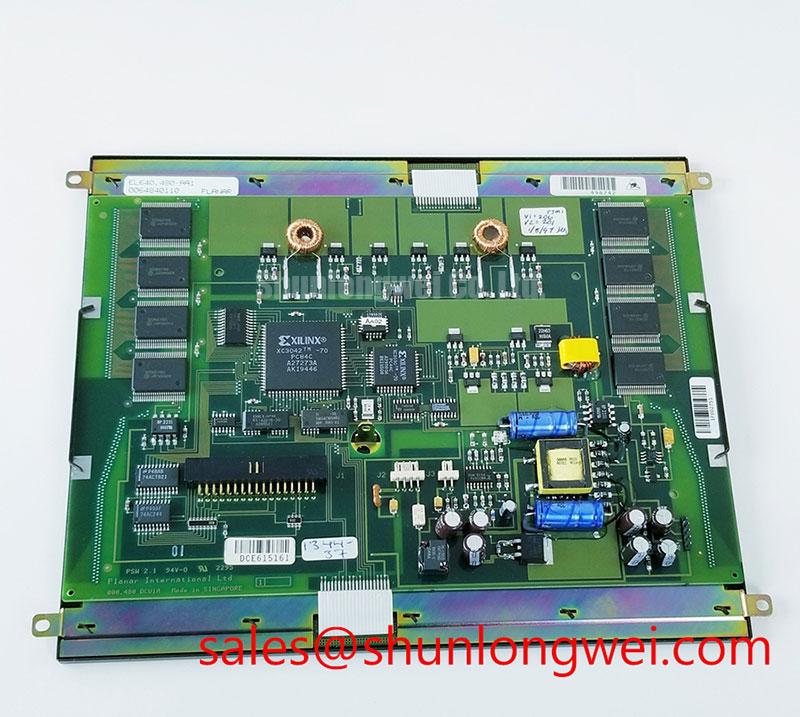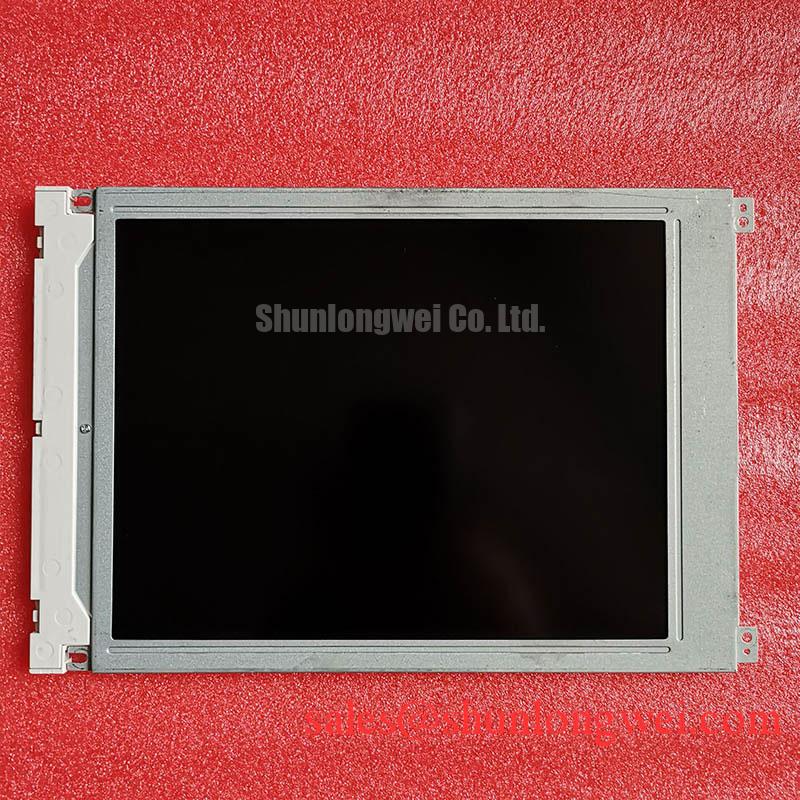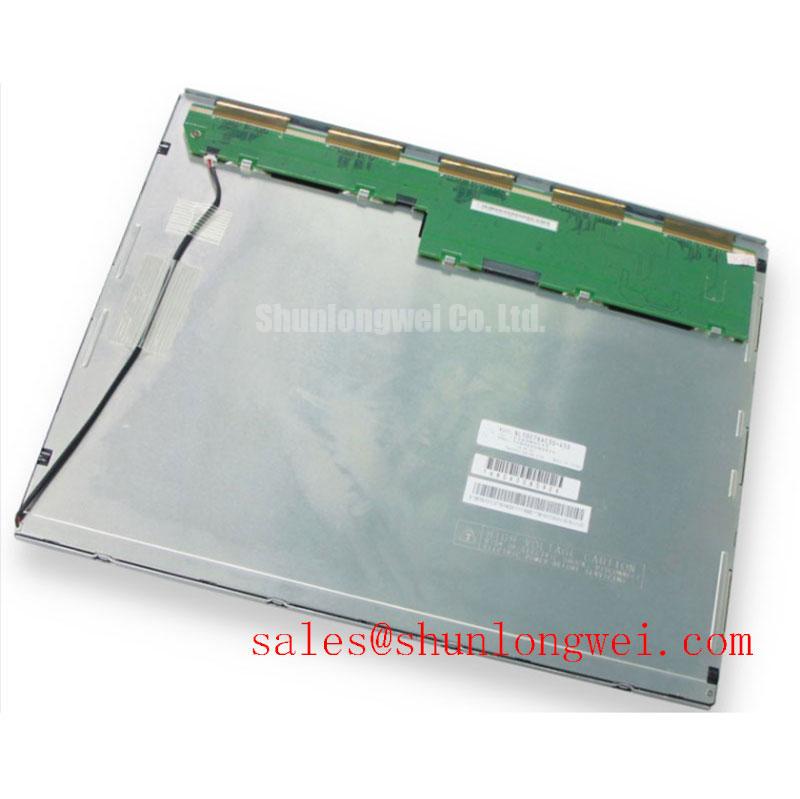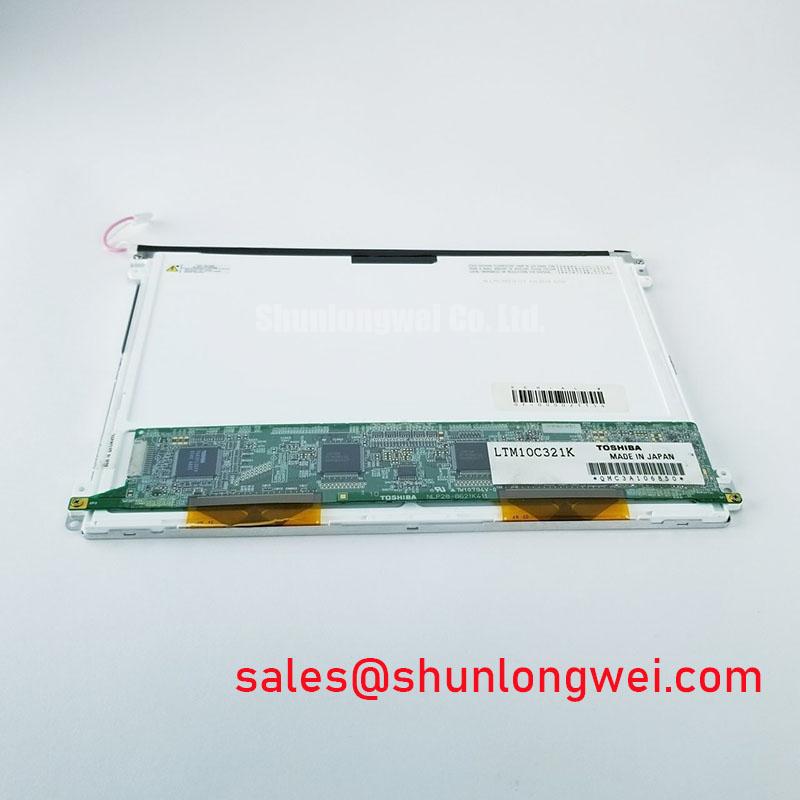Infineon FZ2400R17KE3_S1 | High-Power 1700V IGBT Module for Demanding Applications
The Infineon FZ2400R17KE3_S1 is a benchmark in high-power semiconductor performance, engineered for applications where reliability and high current capacity are non-negotiable. This module is built upon Infineon's robust and field-proven IGBT3 technology, delivering a superior balance of low conduction losses and rugged operational characteristics. It is a workhorse component designed for the core of high-power converters and industrial drive systems.
- Exceptional Current Handling: With a nominal collector current of 2400A, this module is designed to manage substantial power throughput, making it ideal for large-scale energy conversion.
- Robust 1700V Blocking Voltage: Provides a significant safety margin and excellent reliability for systems connected to medium-voltage grids, such as renewable energy inverters and industrial motor drives.
- Proven TRENCHSTOP™ IGBT3 Technology: Delivers a very low collector-emitter saturation voltage (VCE(sat)), which directly minimizes conduction losses and improves overall system efficiency, especially under heavy load conditions.
- Optimized for Low-Frequency Operation: While newer technologies target high-frequency switching, the FZ2400R17KE3_S1 excels in applications like line-frequency drives and multi-level converters where conduction losses dominate.
Key Parameters at a Glance
The following specifications highlight the capabilities of the Infineon FZ2400R17KE3_S1 for power system design engineers. For a complete dataset, please consult the official product datasheet.
| Parameter | Value |
|---|---|
| Collector-Emitter Voltage (VCES) | 1700 V |
| Continuous Collector Current (IC nom) | 2400 A |
| Collector-Emitter Saturation Voltage (VCEsat, typ.) | 1.70 V (at IC = 2400A, Tvj = 125°C) |
| Maximum Junction Temperature (Tvj max) | 150 °C |
| Package Type | IHM-B (IHM 130x140) |
Deconstructing the Core: Infineon's IGBT3 Technology
The performance of the FZ2400R17KE3_S1 is rooted in its sophisticated chip technology. It utilizes Infineon's TRENCHSTOP™ IGBT3, which represents a significant leap from older planar IGBT designs. This technology combines a trench gate structure with a field-stop layer. The trench gate creates a much larger active channel area, significantly reducing the on-state resistance and leading to a remarkably low VCE(sat). For a 2400A module, this directly translates into lower heat generation, simplifying thermal design and improving overall inverter efficiency.
Application Suitability and Engineering Value
The specific ratings of the FZ2400R17KE3_S1 make it an ideal choice for a range of high-power applications where performance and durability are paramount.
- Medium Voltage Drives (MVDs): The 1700V blocking voltage is perfectly suited for 3-level NPC (Neutral-Point Clamped) topologies used in MVDs. The module's ruggedness and wide Safe Operating Area (SOA) ensure reliable operation when driving large, inductive motor loads.
- Wind Turbine Converters: In the demanding environment of renewable energy, reliability is key. This IGBT module provides the high current capacity needed for multi-megawatt wind turbines, forming the robust core of wind-to-grid conversion systems.
- Large-Scale Industrial Power Systems: For applications like industrial heating, high-power rectifiers, and centralized Uninterruptible Power Supplies (UPS), the module’s ability to handle massive currents with low losses makes it a cornerstone for efficient and reliable power delivery.
Engineer's FAQ for the FZ2400R17KE3_S1
Here are answers to common questions from engineers considering this high-power IGBT module.
1. Can the FZ2400R17KE3_S1 modules be paralleled for even higher current?
Yes, paralleling these modules is a common practice for achieving higher power output. However, successful implementation requires careful engineering. It is critical to ensure a symmetrical busbar layout for balanced stray inductance and to use modules from the same production batch to ensure closely matched VCEsat characteristics for even current sharing. Improper layout can lead to thermal runaway in one of the modules.
2. What are the primary considerations for thermal management with this module?
At 2400A, effective thermal management is crucial. The primary focus should be on minimizing the thermal resistance from the module's baseplate to the ambient air. This involves selecting a high-performance heatsink and correctly applying a high-quality Thermal Interface Material (TIM). The low conduction losses of the IGBT3 chip help reduce the initial heat load, but understanding the system's mission profile is essential for designing a cooling system that guarantees optimal thermal performance and long-term reliability.
For detailed application support or to discuss your system's specific design requirements, please contact our technical team.

